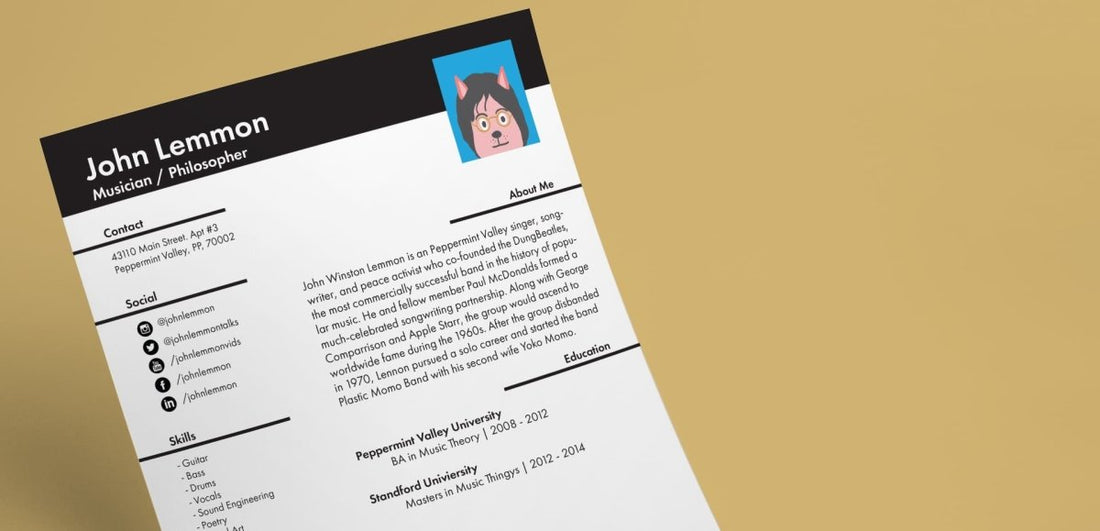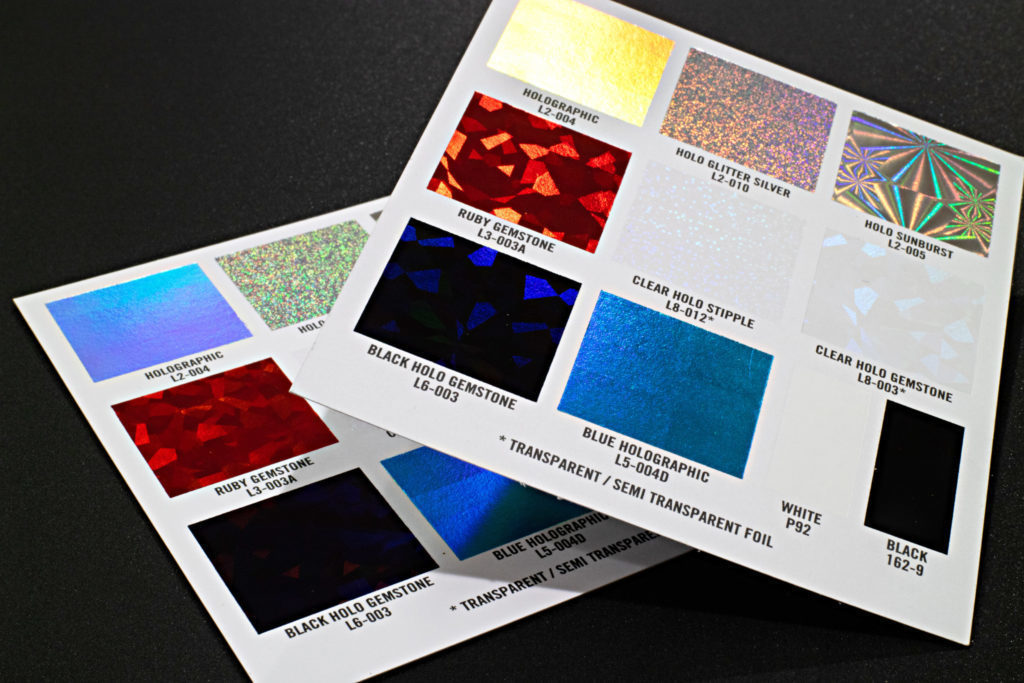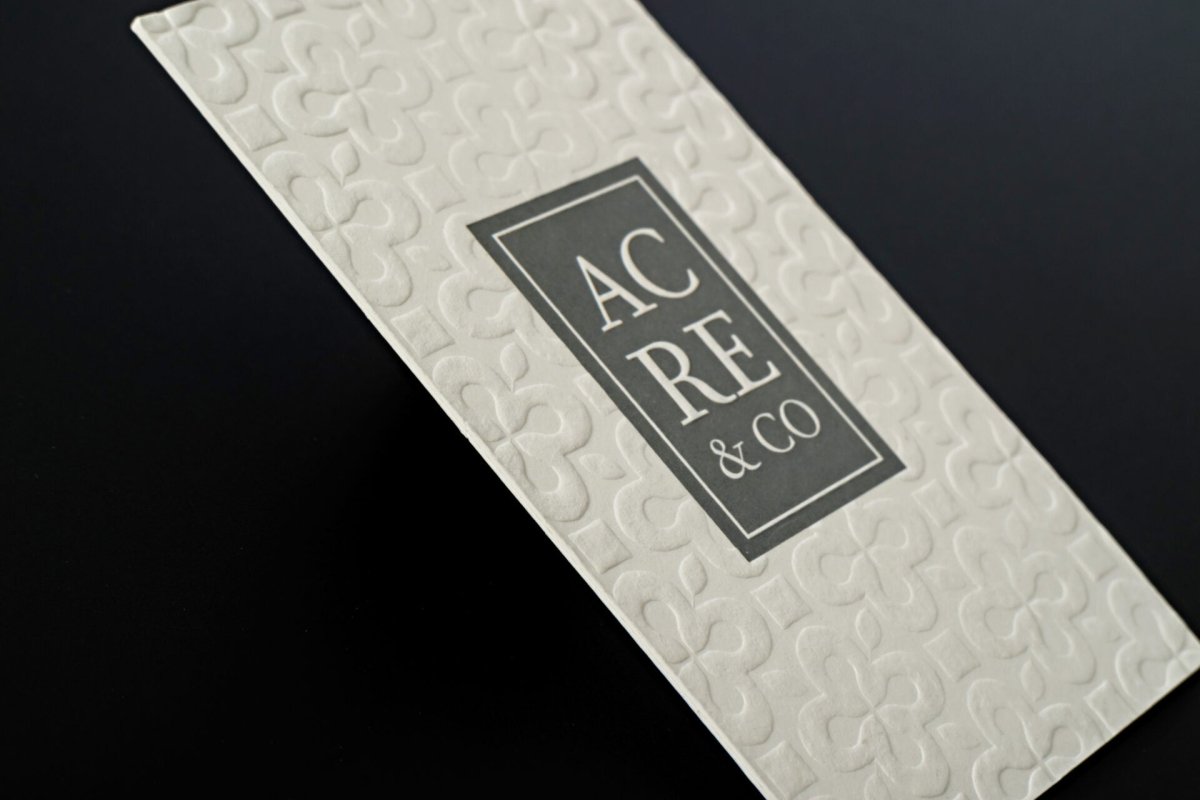
What to Put on a Business Card - Listing Your Educational and Professional Qualifications
adminShare

It takes years of hard work, study, and dedication to earn academic degrees and professional certifications. So, it goes without saying that you will be proud to showcase them to the world. You may frame your degrees and certifications and hang them on the wall, but what about your business card?
Many people wonder whether it is okay to include their degrees on their business cards. Of course, you want to show your expertise and knowledge to prospective clients. It indicates that you could be the right person for the job.
While it may not always be a great idea to have a string of letters after your name, here are some tips on how to list credentials after name on a business card and some food for thought before you rush to the printers.
Putting Your Degree or Professional Designation on Your Business Card
There are several reasons to mention your degree on your business card, but remember that it may not always be the right thing to do.

You should endeavor to list your professional certifications and academic qualification only if your current line of work is somehow associated with them. For instance, it would look ridiculous if you decide to put RN (registered nurse) after your name while not working as one. On the other hand, if your work does involve something to do with nursing, having RN after your name makes sense.
Likewise, if you have a master’s in commerce, but work as an artist, the last thing you need is putting your academic qualifications on your business card. Your prospective clients will not take you seriously and your career as an artist may not take off as you envisioned.
Bottom line – get your degrees and professional certifications only if it is relevant to your work and it can help you add value to your organization. Otherwise, refrain from doing so.
Getting It Right: How to List Credentials after Name On Business Card
Okay, now you know that listing your professional certifications and academic degrees on your business card will help you in your field. However, the next most important question is which is the best way to list your credentials.
Should you go gun blazing? Or, should you be a little reticent about the whole thing.

As confusing and overwhelming it may sound, it depends on your credentials. After all, everyone knows that MD stands for a doctor of medicine or managing director, but not many will know MSCE means. Before you start scratching your head to decipher it, it means MS in Civil Engineering.
So, if you have earned a doctorate degree, it is perfectly alright to put a comma after your name and mention Ph.D. This is the traditional way of listing academic achievements that are well-known and easily recognizable.
However, if an academic qualification or a designation is rare, list the designation under your name followed by the qualification. Separate the two with a comma.

What happens when designations and titles are long? Can you use the same principle – under the name? Well, not really. If the designation is long, just place it at the back of the business card. Remember, the back gives you more space and is best used for any additional information that you may want to include in the business card. It helps the front look less messy and overcrowded.
So, when you give your new business cards for printing and want to include your designation or title, these are a few tricks that you can use. It will offer more value rather than just stating your degree or professional certifications.
Listing Qualifications on Your Business Card

If you have finished training or certification from a professional organization or you have a professional qualification, you can display it on your business card with pride. After all, you deserve it!
For some positions, displaying your qualifications is a necessity. For instance, if you are an accountant, mentioning your qualification on your business card will add value. So, you can place it right after your name, separating it with a comma. Like, John Doe, CPA.
Remember, if you have a professional certification, it is best you focus on that rather than your academic achievements. The certification is more valuable for professionals and showcases your expertise and training in your field of work. So, it will make you look more credible and let others know that you mean business!
As with long titles, utilize the back of the business card if you have more than one certification. Remember, use just those that are relevant to your work. Also, it will make the front of the business card appear less cluttered.
Sometimes Less is More
When it comes to a business card, being professional about it is essential. You want the card to be easy to read, and that is something you will not achieve if you cram too much information on it.

Your card lets people know your designation, the company you work for and your contact details. Most people use a business card to keep contact information of a person safe. Hence, it is advisable to not focus too much on your degrees, certifications, and titles.
Instead, use the card to let people know how they can get in touch with you. Some would prefer calling you while others may want to email you. There could be still more people who may want to access your website.
In fact, it is a good idea to use the About Us section on your website to showcase your academic and professional qualifications. Here, you can boast as much as you like.
In Conclusion

Your academic and professional credentials may have played a major role in shaping your career. However, they may not be relevant to your work or business. If this is the case, opt to leave them out of your business card. On the other hand, if they are integral to your business and work, you should not hesitate to list them on your card using all the tips mentioned above.


